Albert Abraham Michelson was born in Strelno, Prussia, on December 19, 1852. Two years later his family emigrated to the United States to settle at Virginia City, Nevada, but they eventually moved to San Francisco where Michelson received his early education in public schools.
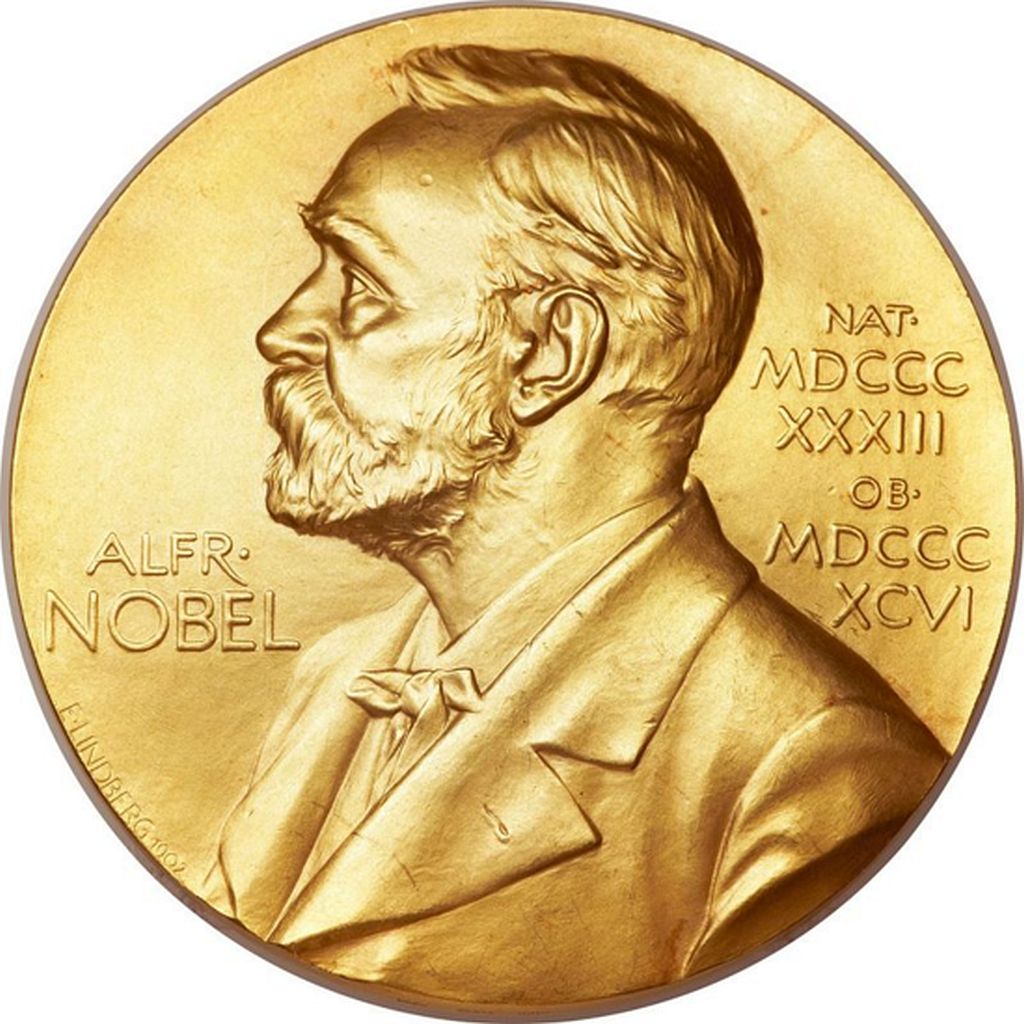
During his career, Michelson touched on many departments of physics but, perhaps due to a special instinct which he appeared to possess, he excelled in optics.

He performed early measurements of the velocity of light with amazing delicacy and in 1881 he invented his interferometer for the purpose of discovering the effect of the Earth’s motion on the observed velocity. In cooperation with Professor E.W. Morley, and using the interferometer, it was shown that light travels at a constant speed in all inertial systems of reference.
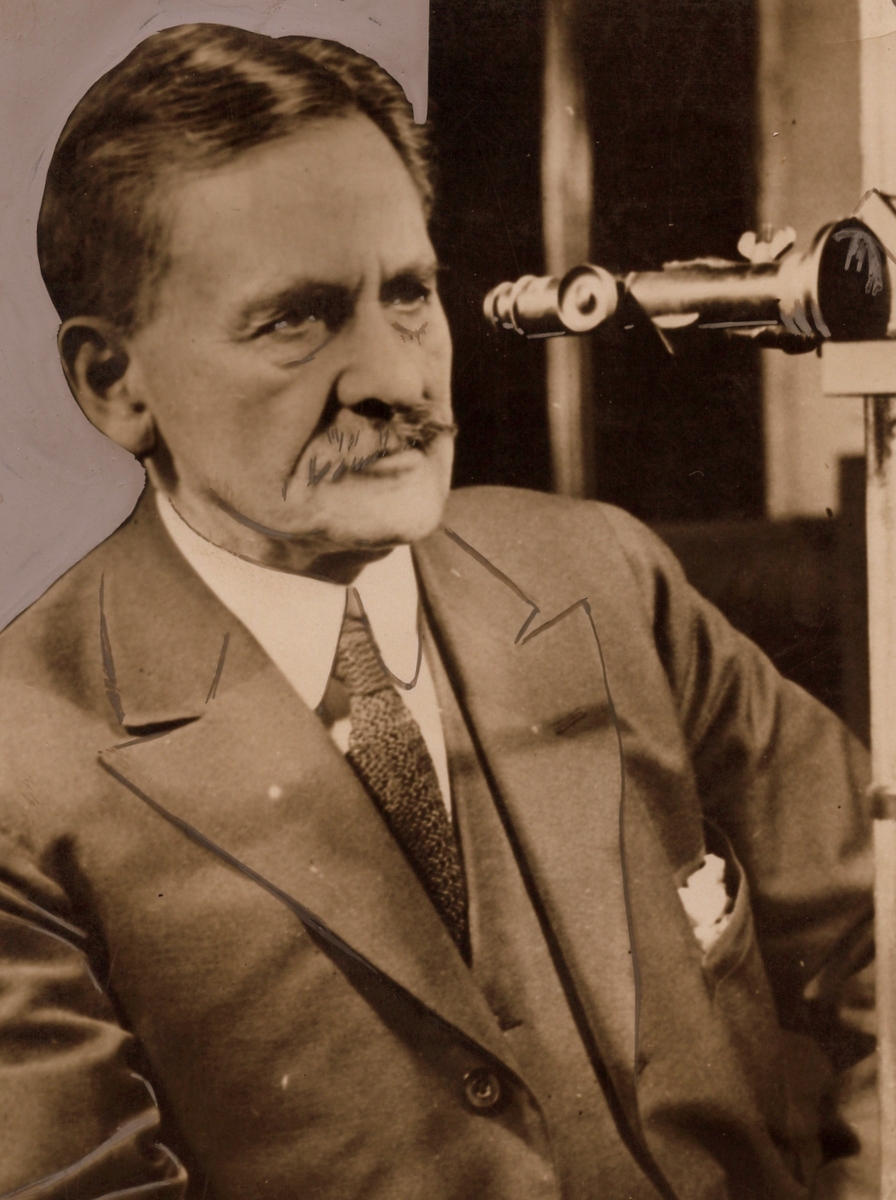
Michelson has contributed numerous papers to many scientific periodicals and among his more substantial works are the classics, Velocity of Light (1902) Light Waves and their Uses (1899-1903); and Studies in Optics (1927).
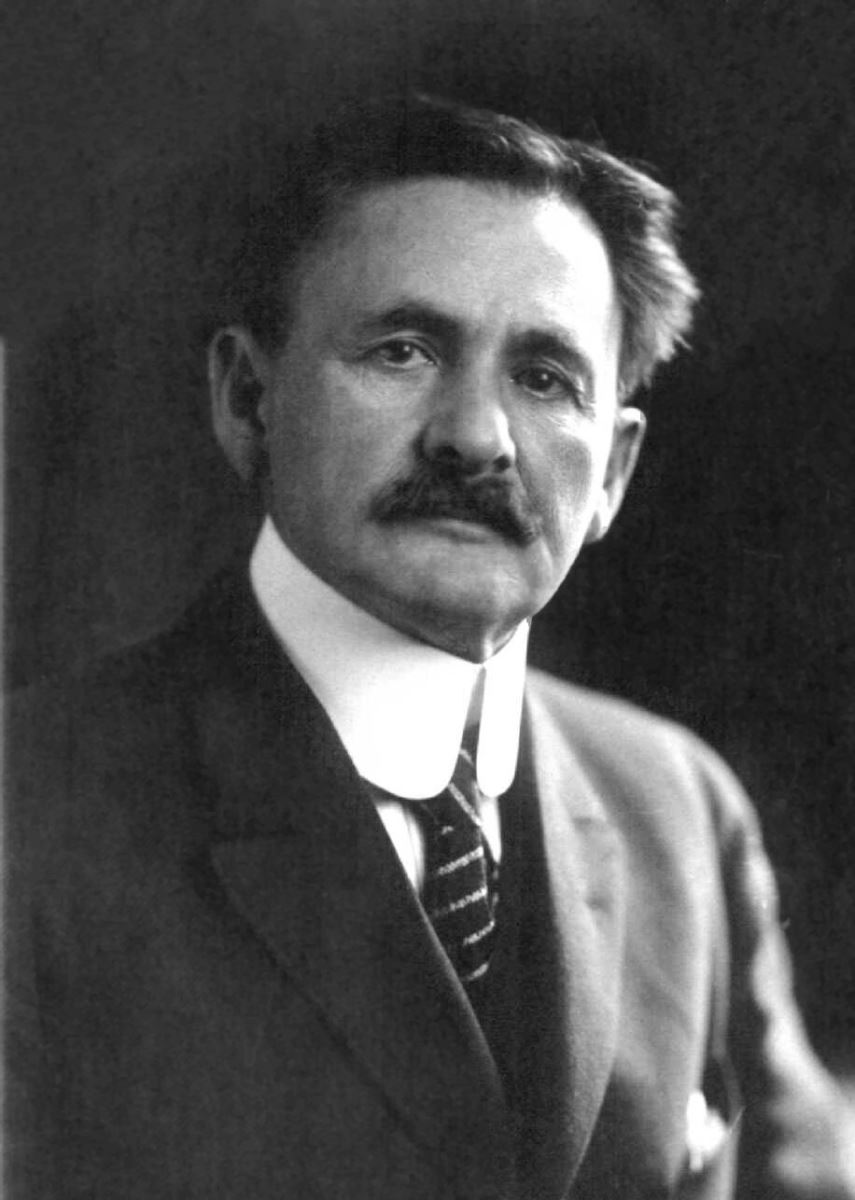
He was awarded a Nobel Prize in Physics 1907 for his optical precision instruments and the spectroscopic and metrological investigations carried out with their aid. Interference means that several light waves with the same wavelength can strengthen or cancel out one another, depending on whether they are in phase with one another.
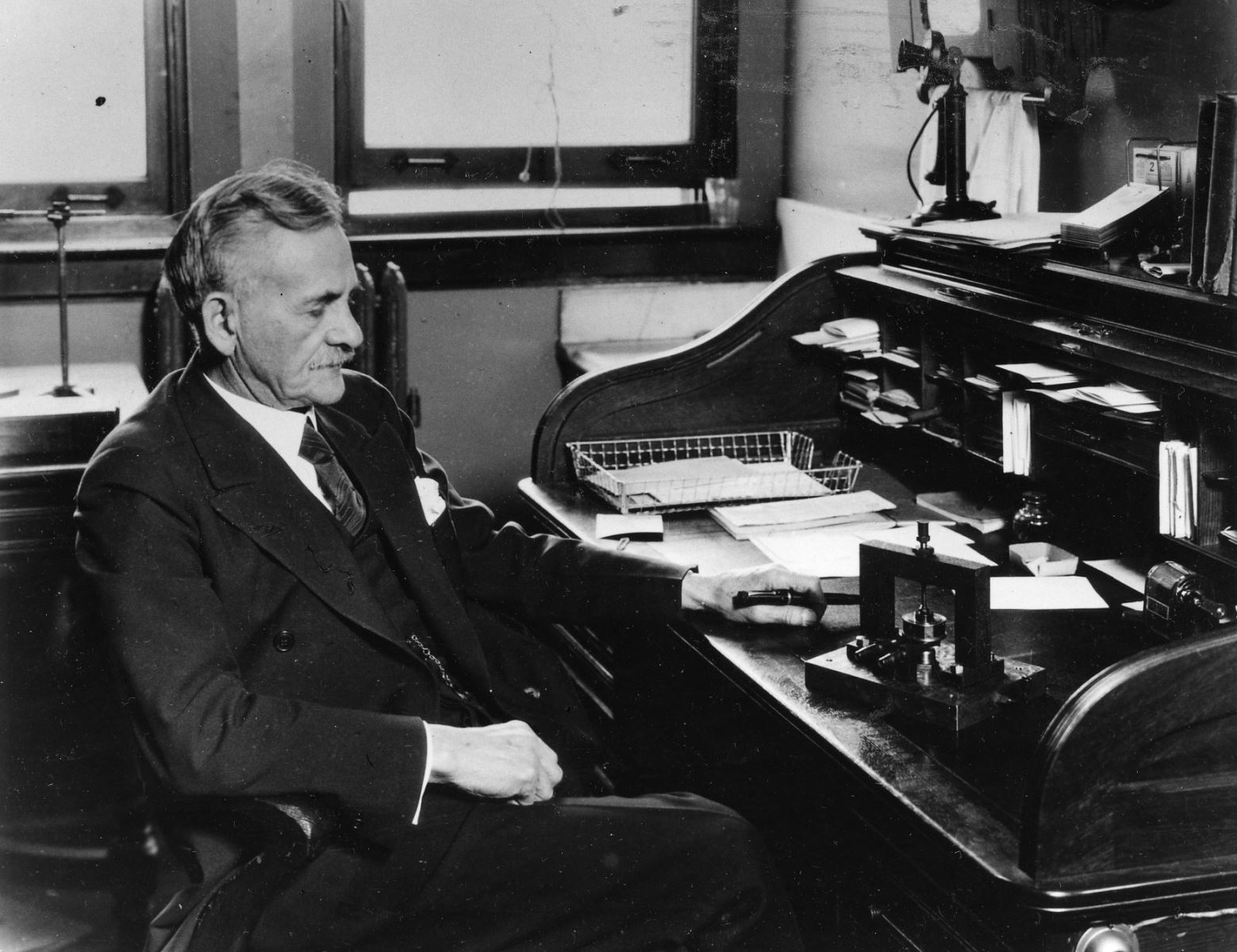
In the mid-1880s Albert Michelson developed an interferometer, which uses a semi-transparent mirror to divide up a beam of uniform light waves. After routing the different waves through different channels, the light waves are recombined, and the difference in the distances covered leads to phase displacement, which generates patterns. The instrument is used to measure lengths as well as velocities of light with great precision.
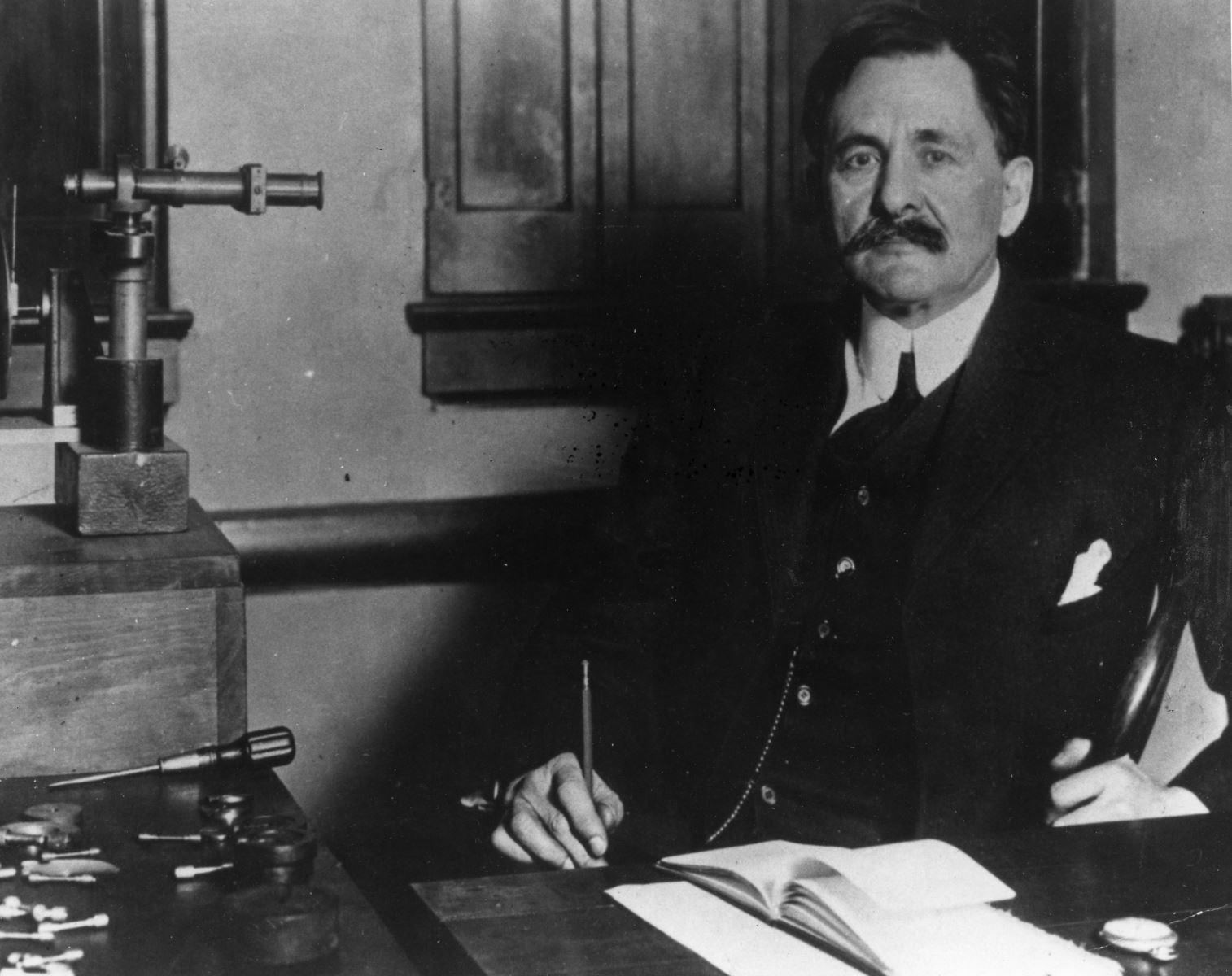
According to en.wikipedia











